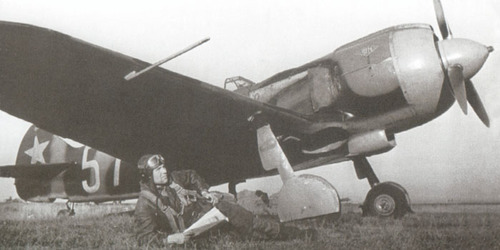
The German army has been pushed back into Ukraine following the defeat of the German 6th Army at Stalingrad. The city of Kharkov was breifly liberated by Soviet forces before being re-captured in General Erich von Manstein's counteroffensive. But with the spring thaw, military action became impossible as the ground turned to mud. With this period of inaction, both sides set about planning for action come summer. Maps of the stalled front revealed that the majority of the Soviet forces south of Moscow occupied a salient bulging westward into German occupied territory between Orel in the north and Kharkov in the south. In the center of the salient was a town whose name would become the infamous namesake of the battle to follow: Kursk.
The Germans planned to exploit the Soviet position by encircling the salient with a double envelopment, cutting off the Soviet forces inside and eliminating them. To accomplish this, the 9th Army would attack from the the north while the 4th Panzer Army and Army Detatchment Kempf attacked from the south. Attached to these forces were Luftflotten(Air Fleets) 4 and 6 along with Hungarian air force units. The total of axis aircraft at the outset of the battle numbered over 2,000.
The general German plan came as no surprise to the Soviets. Past battles in the war indicated a tendency for the Germans to cut off salients in the Soviet lines. Soviet intellegence reports also confirmed what the Germans planning. Soviet general, Georgiy Zhukov, elected to use the Kursk salient as a trap for the German forces that were sure to attack. With 5 armies under his command, Zhukov had them prepare defenses in depth to grind down the German attacks before unleashing his own tanks to finish them off. In support of the five armies were the 1st, 2nd, 5th, 15th, and 16th Air Armies, totalling over 3,000 aircraft.
The Soviets had much time to prepare as the Germans delayed the launch of the attack, named Operation Citadel, to bring up units with the brand new Tiger and Panther tanks. While the original plan was to begin in May 1943, Operation Citadel finally commenced on July 5th.
While the battle of Kursk is widely considerred the greatest tank battle, with over 8,000 tanks taking part, the air battle over Kursk was also frantic. The Germans and Soviets each cunducted more than 10,000 air sorties over the first three days. The majority of these were from Stukas and Sturmoviks directly attacking enemy tank and troop enplacements. Despite being outnumbered roughly 4 to 1 in available fighters, the German fighters succeded in gaining local superiority and attained a 6:1 kill to loss ratio. But the lack of fuel, ammunation, and spare parts saw the German sortie rate fall dramatially after the first week of the battle. Jg 51 saw its number of available aircraft fall from 88 on July 5th to only 37 by July 10th. Only nine Jg 51 pilots were lost in the same period.
Much of the supply issue for the Germans was caused by sabotage from Soviet partisans in the occupied area targeting railways and supply depots. The significant attrition rate caused the air war to peter out in about two weeks. But by this point, the German ground offensive was also halted and the Soviets launched counter offensives to the north and south of Kursk. Germany would never again have the initiative on the Eastern Front.
Frame 1: January 10
Frame 2: January 17
Frame 3: January 24
Visit
https://ahevents.net/index.php/fso-current-next-event for more event info & writeup.